Soap is simply made, though the chemical reaction is complex. Chemically, an acid (the fats and oils) and a base (a solution of sodium hydroxide and water, also called lye) react to produce soap and glycerin. The process is called saponification, and as the fats, oils and lye solution come into contact with one another, they react and are saponifying, or making soap. The mixture gradually changes from a separated mixture of watery lye and lighter fats and oils to a thicker more uniform mixture. The soap mixture is ready to be poured (for most recipes) when it has thickened to the point in which a bit of the mixture is drizzled on the surface and it leaves a trail (a pattern) for a moment before disappearing. This stage is called a "trace" since only a trace of the pattern remains when the soap is ready.

A variety of acids, bases and several types of processes produce soap, but homemade soap is made using easily accessible materials and a simple process called cold process. Once the sodium hydroxide (lye) solution is added to the fats and oils, no external heat is required as the chemical reaction produces enough heat to keep the soap making going. "Cold" does not mean cold; it was only called this when comparing it to the more common hot soap making temperatures produced when heat is applied.
The two most critical chemical components of the soap making process are contact and heat. The acid and the base must first come together before they can react. The heat keeps the movement and fluidity, while stirring ensures it. Soap is ready to pour once the ingredients have been evenly dispersed in a thick, stable emulsion.

How does soap clean?
Soap cleans in two ways: it helps wet the surface to be cleaned by permitting water to reach more of the surface; and it connects the dirt to the water, permitting the dirt to rinse away.
A soap molecule consists of a chain of carbon, hydrogen and oxygen atoms that are arranged with a distinct head and tail. The head is attracted to water and the tail is attracted to dirt and oil. Soap cleans because these opposing parts connect dirt to water, permitting it to be washed away.
Soap also helps water to wet better. Water beads up on fabric and skin because it's molecules are tightly bonded and resist being broken apart. The molecules cling to one another in droplets and do not soak the surface. This is where soap intervenes by breaking apart these droplets and help them wet the skin or fabric. When soap molecules are combined with water, their hydrophobic tails squeeze together in a small space, in an effort to get as far away as possible from the water and as close as possible to one another. The heads of the soap molecules are attracted to the water and form a spherical wall around their fleeing tails. The soap forms a film on the surface of the water that holds the heads and tails in position. The action of these heads and tails on the water's surface breaks the surface tension and forces the water into the fabric or skin allowing the soap's lather to develop.
Once the soap molecule has helped water do it's job, it then removes dirt and grease. The oil loving tail of the soap molecule is attracted to oil and grease. It first embeds it's tail into the dirt. As the water loving head of the soap molecule pulls toward the water, the dirt is dislodged as it remains attached to the tail of the molecule. The tail of the soap molecule then holds the dirt in suspension, away from the skin or fabric, until a rinse washes the dirt and the soap away.
You can visit my website for more information on soap.
DeShawn Marie Handmade Soap, What is Soap and how does it work?









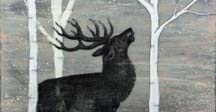


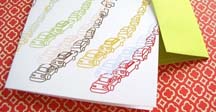
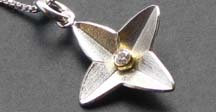



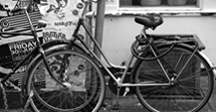
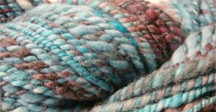


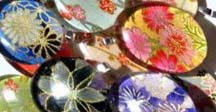
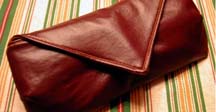

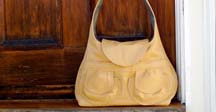
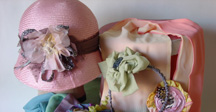



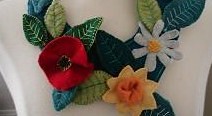

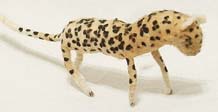
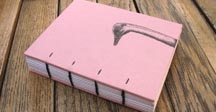


2 comments:
Thanks Deshawn! I wondered how soap was made!! It sounds quite complicated!
That is the best description I have ever heard about how cleaning really works. I think I will include this with the soaps in the presents. I'm a nerd like that...LOL.
Post a Comment